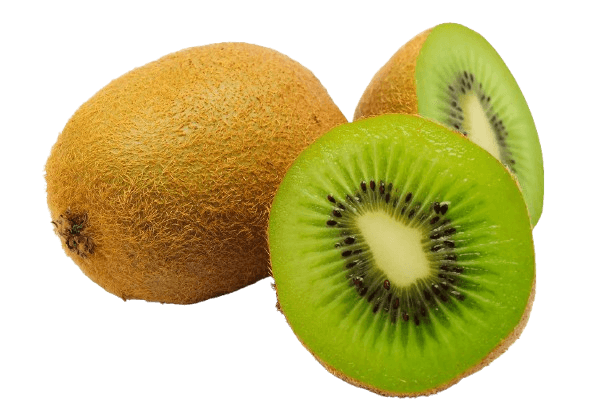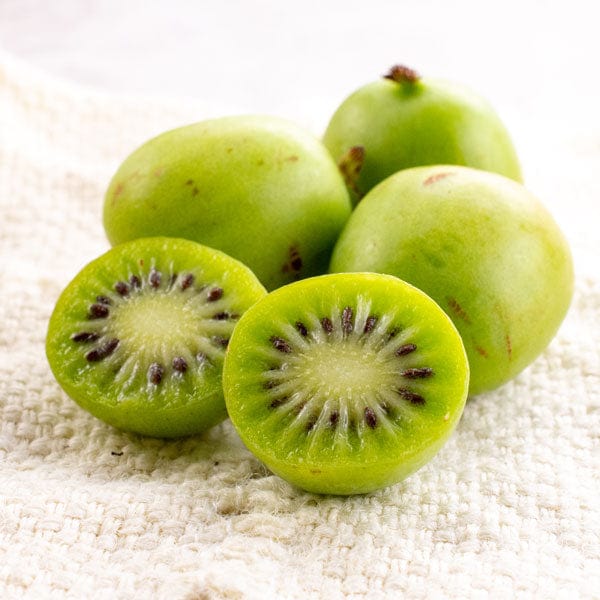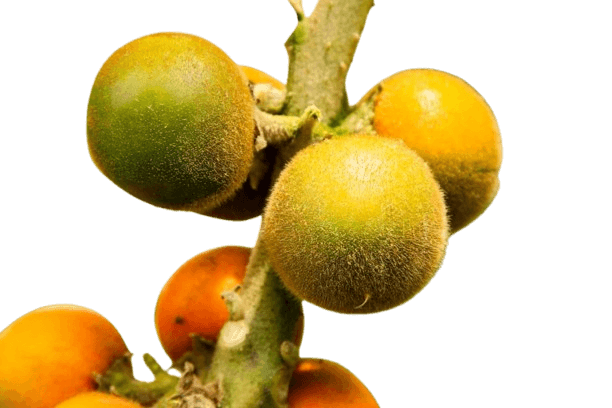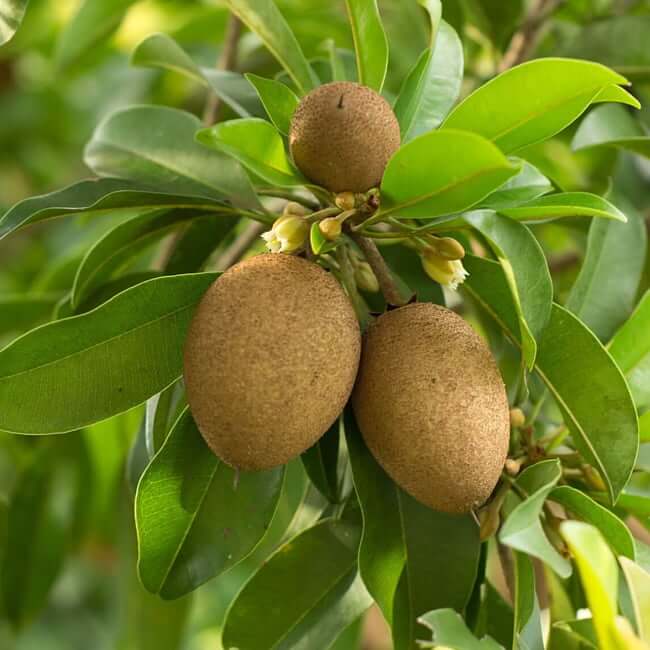Kiwi

Among everyday fruits, kiwi is often overlooked, quietly sitting in the shadows of more familiar favorites like apples, bananas, and oranges. But this fuzzy brown fruit with its vibrant green interior has a visual and nutritional appeal that’s hard to forget once tasted. Originally known as the Chinese gooseberry, kiwi was renamed in New Zealand after the country’s national bird—small, brown, and fuzzy, just like the fruit itself. Rich in vitamin C, fiber, and antioxidants, kiwi has earned its place as a superfruit.
But what if we told you that kiwi has lookalikes—other fruits from around the globe that share similarities in appearance, texture, or inner design? While they each offer their own distinct flavors and nutritional profiles, the following fruits can easily be mistaken for kiwi at first glance. Whether due to their fuzzy skins or seed-speckled interiors, these kiwi cousins deserve a closer look.
1. Kiwi Berries

At first glance, the kiwi berry looks like a baby version of its more famous relative. This grape-sized fruit lacks the fuzzy brown skin of a traditional kiwi, sporting a smooth, green exterior instead. But once you bite into it, the resemblance is undeniable. The inside features the same bright green flesh and black seeds in a starburst pattern, delivering the same tangy-sweet flavor—just in a poppable, snack-sized form. Kiwi berries are native to Asia but are now grown in temperate regions worldwide and are often eaten whole, skin and all.
2. Naranjilla

Don’t let the mature orange exterior fool you—during its early stages of growth, the naranjilla is covered in fine, fuzzy hairs, making it look strikingly similar to a young kiwi. Native to South America, this tropical fruit eventually ripens into a smooth, bright orange skin, but it’s that early, fuzzy phase that earns it a visual comparison to kiwi. Inside, the resemblance continues: its juicy green pulp is packed with tiny seeds arranged in a pattern much like a kiwi’s. The flavor, however, takes a different path—leaning toward a tangy blend of citrus and pineapple, offering a tart, refreshing burst that sets it apart from kiwi’s sweeter, mellow profile.
3. Sapodilla

With its rough, brown, slightly fuzzy skin, sapodilla looks like a kiwi that’s been left out in the sun a little too long. Although the similarities fade once you cut it open, the external resemblance is uncanny. Native to Central America and Southeast Asia, sapodilla has a sweet, malty flavor—often compared to brown sugar or caramel. Its soft, grainy texture is very different from the kiwi’s, and the flesh is usually golden-brown rather than green. Still, that brown, fuzzy skin earns it a visual comparison to kiwi at the market stall.
4.Kepel Fruit

Rare and exotic, the kepel fruit is native to Indonesia and is known for its round shape and velvety brown skin—traits that instantly evoke kiwi imagery. Though the inside differs in color (usually a pale orange or tan), the fruit’s fuzzy texture and compact size make it a visual relative. Kepel fruit has long been cherished for its fragrance and even used in traditional Javanese royal courts as a natural deodorizer, thanks to its ability to perfume the body from the inside out. Its taste is sweet and slightly floral, a far cry from the tartness of kiwi, but its outer appearance keeps it on this list.
